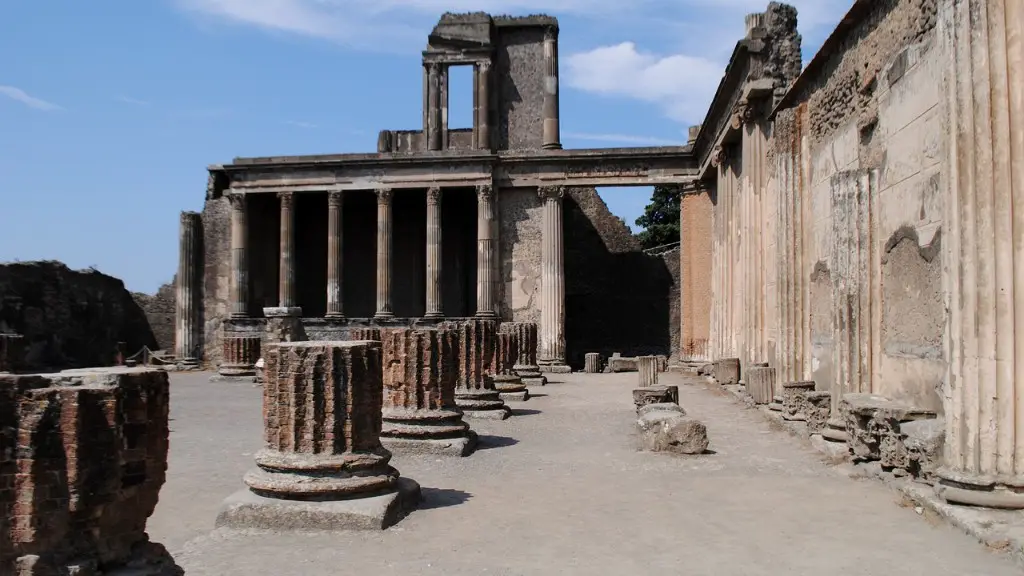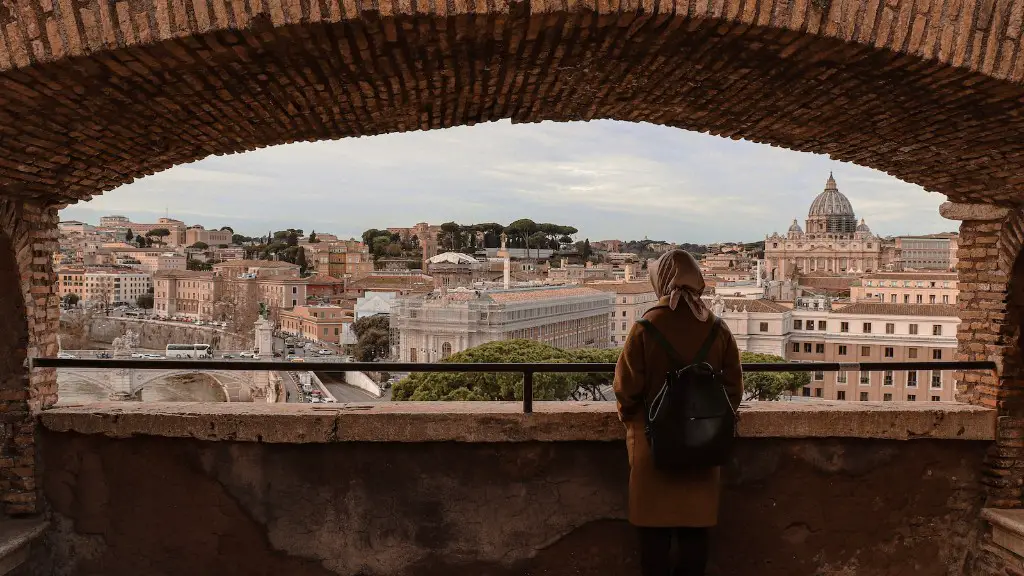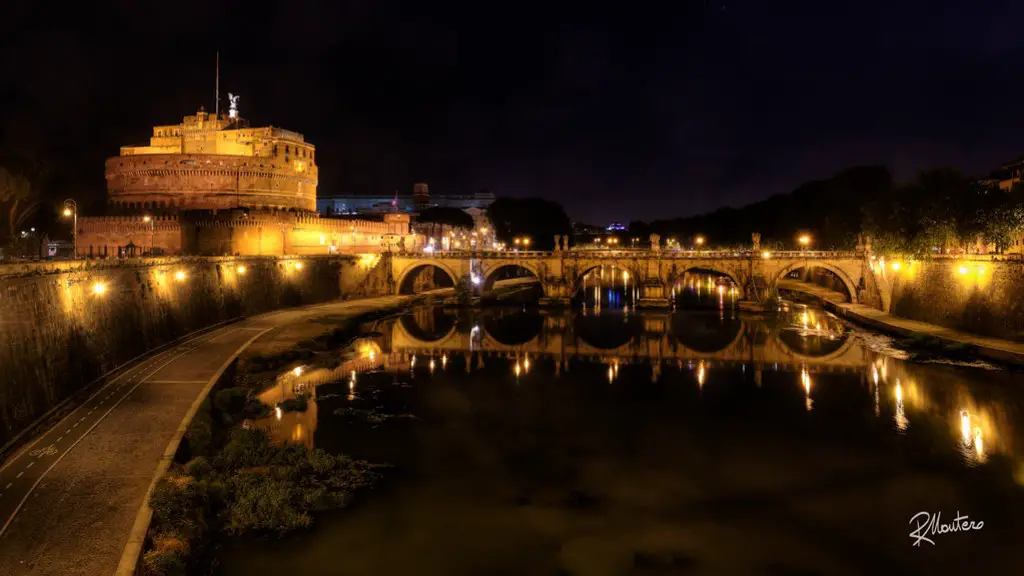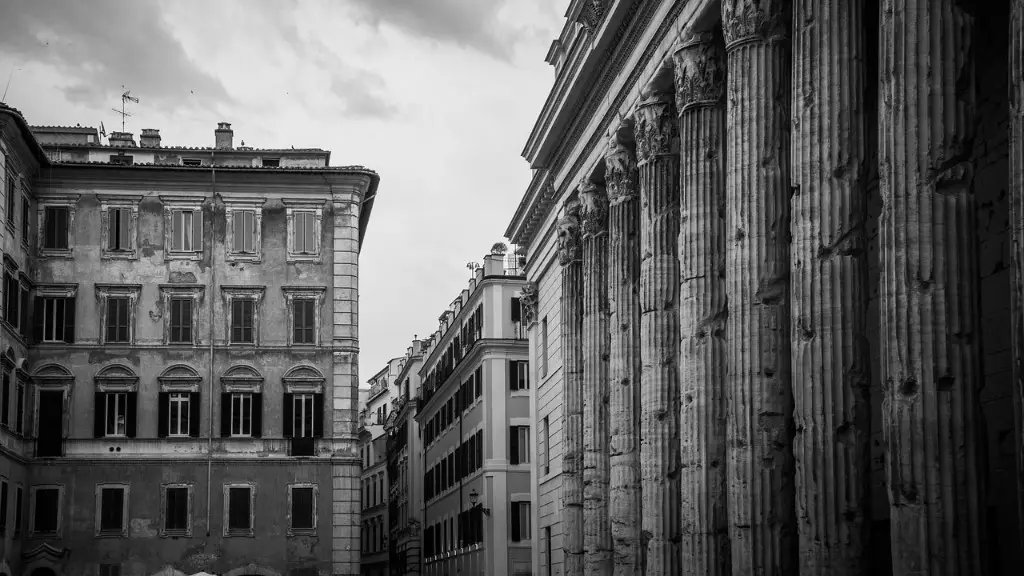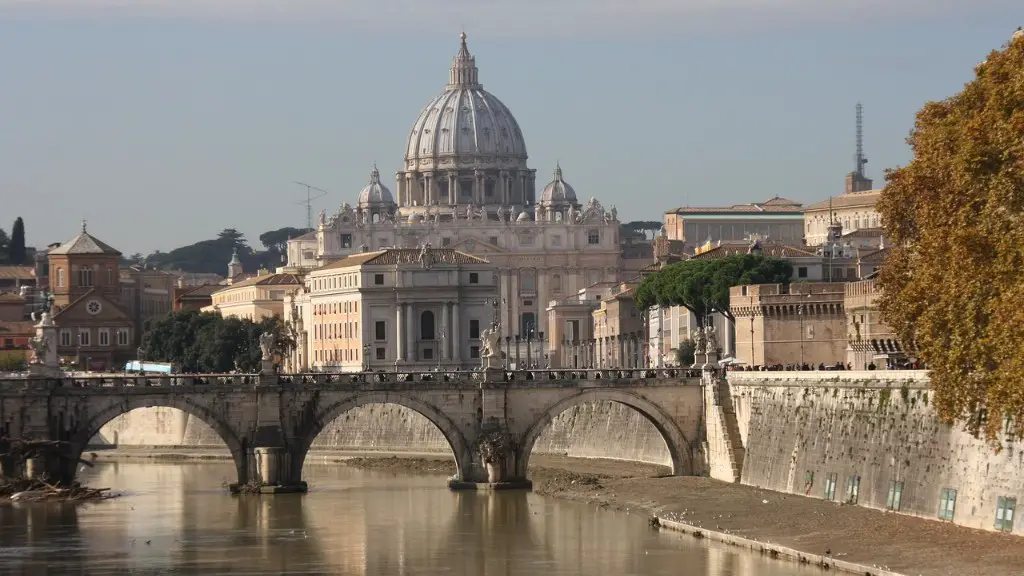Ancient Rome was one of the great ancient civilizations. It spread its culture and influence far and wide, from England to North Africa and from Spain to the Middle East.
The Roman Republic officially began in 509 BC, when Rome’s first king, Lucius Tarquinius Superbus, was overthrown by the Roman people. The Roman Empire officially began in 27 BC when Caesar Augustus became the first Roman Emperor. At its height, the Roman Empire included the entire Mediterranean basin, much of Europe west of the Rhine River, and parts of northern Africa and Asia.
How far did the Roman Empire eventually spread?
Rome was the major hegemonic power in the Mediterranean region for centuries. It conquered coastal territory in the modern-day countries of Greece, Turkey, Egypt and others until it completely surrounded the Mediterranean Sea. This gave Rome complete control over the trade and commerce in the region and made it one of the most powerful empires of its time.
The ancient Romans were masters of engineering and construction, and their road-building prowess was second to none. They built more than 250,000 miles of roads throughout Europe and the Mediterranean region, including more than 50,000 miles that were paved with stones. The Roman roads were so well constructed that many of them are still in use today, more than 2,000 years later. The Roman road system was one of the major factors in the spread of Roman civilization and culture throughout the world.
How many miles Big was ancient Rome
The Roman Empire was one of the largest empires in the ancient world. It covered around 5 million square kilometers (19 million square miles) at its height in AD 117. It had an estimated 50 to 90 million inhabitants, which was roughly 20% of the world’s population at the time. The Roman Empire was a major political and cultural force in the Western and Eastern worlds. It was divided into two parts, the Western Roman Empire and the Eastern Roman Empire. The Western Roman Empire fell in 476 AD, while the Eastern Roman Empire continued to exist until 1453 AD.
The Roman Empire reached its largest expanse under Trajan (r 98-117), encompassing an area of 5 million square kilometres. This was an impressive feat for the empire, and demonstrated the strength of the Roman military and political power at the time. The empire reached its maximum size under Trajan, and remained a powerful force in the Mediterranean region for many years afterwards.
How much of the world did Rome rule?
The Roman Republic was a major political power by 200 BC. It had conquered Italy and was expanding its influence into other areas. The Republic conquered Greece and Spain, the North African coast, much of the Middle East, modern-day France, and even the remote island of Britain. This was a massive expansion of territory and resources for the Republic, which made it one of the most powerful empires of its time.
The British Empire was the largest empire in human history and at its peak in 1920, it covered an astonishing 1371 million square miles – that’s close to a quarter of the world’s land area. In 1913, 412 million people lived under the control of the British Empire, 23 percent of the world’s population at that time. The British Empire was a truly global empire, with possessions in every corner of the world.
Did the Romans ever reach America?
Some evidence suggests that Ancient Roman and Carthaginian sailors may have explored North America long before the Vikings or Columbus. This evidence includes artifacts and inscriptions found in Canada that date back thousands of years.
Cawdor Roman Fort is a bit of a misnomer as it is actually closer to Inverness than Cawdor. It was considered the northernmost place of Roman conquest and presence in Britannia, until the recent discovery of Roman military presence at Tarradale and Portmahomack. The fort was most likely built in the early 2nd century AD and was occupied until the early 5th century. Not much is known about the fort as it has never been excavated, but it is thought to have been built to protect the Roman road that ran through the area.
How long did Rome run the world
The Roman Empire was one of the greatest and most influential civilisations in world history. It was, for over a millennium, one of the mightiest empires in existence. The Romans were a people of great accomplishment, their culture and art characterized by excellence and achievement. The engineering feats of the Romans are still admired and used today. The Pax Romana, or “Roman Peace,” was a 200-year period of relative peace and stability across the empire. It was a time of prosperity and great advances in the arts, sciences, and literature. Even after the empire fell, the influence of Rome was still felt throughout the world.
There is no denying that Rome is an impressive city. Not only is it huge in size, but it also has a long and rich history. It was the world’s largest city for 550 years, from 100 BC to 450 AD. This includes a 250-year period at the start of the first millennium where Rome had 1 million residents. This is truly impressive and it is no wonder that Rome is one of the most popular tourist destinations in the world.
How far is a mile Roman?
The Agrippa mile was a unit of measurement used in ancient Rome. It was named after Marcus Vipsanius Agrippa, a Roman general and politician. The Agrippa mile was empirically estimated to have been around 1481 meters, which is slightly shorter than a modern mile.
The mile is a unit of distance used in the imperial and US customary systems. It is equal to 5,280 feet, or 1,760 yards.
What were the furthest borders of Rome
The Roman Limes was the border of the Roman Empire at its greatest extent in the 2nd century AD. It stretched over 5,000 km from the Atlantic coast of northern Britain, through Europe to the Black Sea, and from there to the Red Sea and across North Africa to the Atlantic coast.
The Gospels are a record of the life and teachings of Jesus of Nazareth. They tell of his birth, his ministry, his miracles, his death, and his resurrection. The four Gospels — Matthew, Mark, Luke, and John — were written by four different authors, and they each have a unique perspective on the life of Jesus.
How many countries did Rome conquer?
At its peak, the Roman Empire was a massive political entity that controlled a vast swath of territory. In modern times, the reach of the Roman Empire can be seen in the many different countries that were either conquered or partially conquered by the Romans. This includes land in present day Britain, North Africa, and Turkey. The Roman Empire was a powerful force in its time and its legacy can still be seen in the world today.
Rome became the most powerful state in the world by the first century BCE. This was due to a combination of military power, political flexibility, economic expansion, and more than a bit of good luck. This expansion changed the Mediterranean world and also changed Rome itself.
What ethnicity were the Romans
The Latins were a people with a marked Mediterranean character, related to other neighbouring Italic peoples such as the Falisci. They were early settlers in the city of Rome and made up the majority of the population. The Latin language was the language spoken by the Latins and was the basis for the Romance languages.
Invasions by Barbarian tribes was one of the main reasons for the fall of the Western Roman Empire. For centuries, Rome had been fighting against Germanic tribes, but by the 300s, these “barbarian” groups had managed to make their way into the Empire. This led to a series of military losses for Rome, which ultimately resulted in the Empire’s fall.
Final Words
At its peak, the Roman Empire extended from the British Isles in the west to North Africa and the Middle East in the south, and from Spain in the southwest to the Balkans, Germania, and Anatolia in the east.
The Roman Empire was one of the largest empires in history. At its height, it covered over 2 million square miles. Ancient Rome was a major political and cultural force in the Western and Eastern worlds. It played a significant role in the development of law, government, and architecture. The Roman Empire was a major force in the spread of Christianity.
